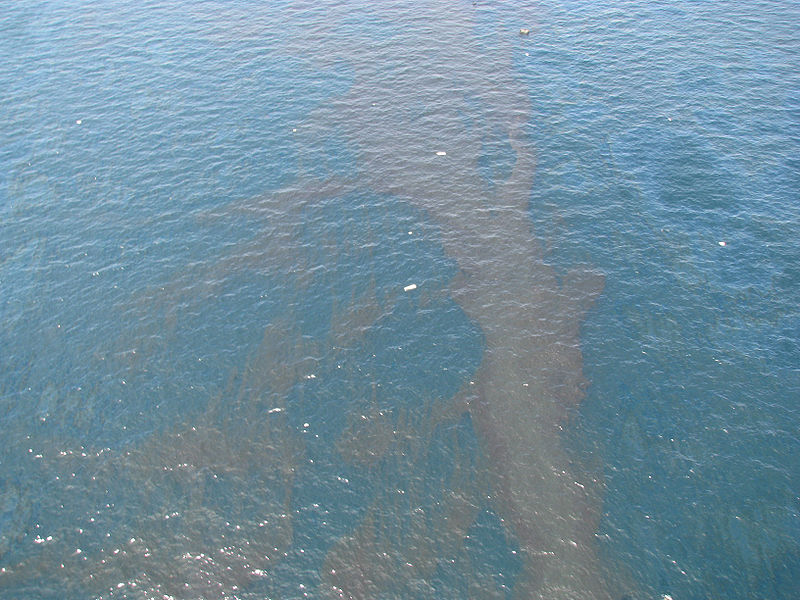Please note: Osher Rainforest will be closed for maintenance Jan. 14–16.
Science News
Two Years Later
April 20, 2012

Today we begin to mark the anniversary of the Deepwater Horizon Oil Spill. It was two years ago today that the rig exploded and the oil began to gush. Four months and 4.9 million barrels of oil later, the well was capped.
Two years later, the effects of the spill are still felt and we’re still learning lessons.
Earlier this week, our own Peter Roopnarine announced that he and his colleagues found evidence that pollutants from the oil entered the ecosystem’s food chain. For the past two years, the team has been studying oysters collected both before and after the oil spill reached the coasts of Louisiana, Alabama and Florida. (We covered some of this study in our one-year anniversary video last year.)
Oysters can incorporate heavy metals and other contaminants from crude oil into their shells and tissue, allowing Roopnarine and team to measure the impact of the spill on the animals. Their preliminary results demonstrate that oysters collected post-spill contain higher concentrations of heavy metals in their shells, gills, and muscle tissue than those collected before the spill.
Last month, researchers from the University of Houston reported that crabs, insects and spiders living in coastal salt marshes affected by the disaster were damaged by the massive oil spill but were able to recover within a year if their host plants remained healthy. The researchers, publishing their study in the open access journal PLoS ONE, also mention that this marsh recovery could just be luck in this case.
“The effect of oil on the marsh is likely to vary depending on how much oil gets ashore and how much it has weathered,” lead author Brittany McCall says. “In the case of the Deepwater Horizon oil spill, the marshes may have dodged a bullet because relatively little oil made it into the marshes, and the oil had weathered for several weeks.”
An article from Al Jazeera, however, isn’t so positive. According to Discover, Al Jazeera reports deformities in fish, crab and shrimp likely due to the chemical dispersant used to cleanup the spill.
Speaking of cleanup—we’ve seen a lot of new promising technologies come out of the disaster. UC Berkeley’s Thomas Azwell continues his research into building better and more sustainable booms to protect marshes. (We covered this in our one-year anniversary video last year, too.) Another new technology—superabsorbent nanosponges—soaked-up headlines this week after it was published in Nature’s Scientific Reports as the next best tool to cleanup large oil spills. Scientific American reports:
this porous carbon material is elastic, compressible, flexible, and lightweight. It is also hydrophobic and oleophillic – meaning that it “hates the water… and loves the oil.”
How well have officials learned the lessons of the disaster? An independent commission handed out report cards earlier this week. Nature News highlights some of the grades:
The US Congress fares worst in the new report, earning a 'D' rating for its failure to enact any meaningful legislation in response to the disaster…
The Obama administration did better, with a B, thanks in part to new drilling regulations. These also led to a B for safety and environmental protection and a B– for response and containment…
… the commission was "quite impressed" by the oil industry's efforts to improve safety, giving it a C+.
Those grades don’t inspire a lot of confidence if another spill occurred, do they?